The whole story of the Moleskine notebook, a book to write and a story to tell
“’Do you mind if I use my notebook?’ ’Go ahead.’ I pulled a waxed cloth-covered notebook out of my pocket, fastened with a rubber band. ’Nice.’ He commented. ’I used to buy them in Paris, but they don’t make them anymore.’ ’In Paris?’ he repeated, arching an eyebrow, as if it were the snootiest thing he had ever heard” (Bruce Chatwin, The Ways of the Songs, Adelphi, 1988, p. 24).
The notebook that Bruce Chatwin (Sheffield, 1940 - Nice, 1989), nomadic writer and traveler, talks about in his book The Ways of the Songs (1987), is an indispensable object for him, from which he never separates himself; it is in his notebook that he takes notes and jots down everything he learns every day, during the long journey he undertook in Australia to investigate, precisely, the Ways of the Songs: “imaginary lines” crisscrossing the entire country, created by the ritual chants of the Aboriginal tradition, which, according to the writer, constitute the musical representation of the geographical and topographical features of these routes. It is from reading and reflecting on these pages that Maria Sebregondi (Genoa, 1949) has the inspiration that will lead her to create (or rather, recreate) and produce a now iconic and pop object: the Moleskine notebook. A passion for writing and literature has always accompanied Maria Sebregondi: born in Genoa in 1949, at a very young age she moved to Rome, where she graduated from classical high school, and then to Naples, where she graduated in Literature and cultivated an aptitude for writing and translation. She translated several authors, especially French ones, such as Marguerite Duras, Raymond Queneau and Georges Perec and also obtained, for five years starting in 1998, a professorship at the University of Siena, precisely in Literary Translation from French. It is no coincidence, then, that inspiration comes from a novel that is also a travel story. In 1994, during an evening sailing along the Tunisian coast, he came up with the idea of relaunching that notebook with the waxed canvas cover, “moleskine,” which literally means “mole skin”( mole in English means precisely the mole), as Chatwin himself would later define it, the result of a craftsmanship that was slowly disappearing.
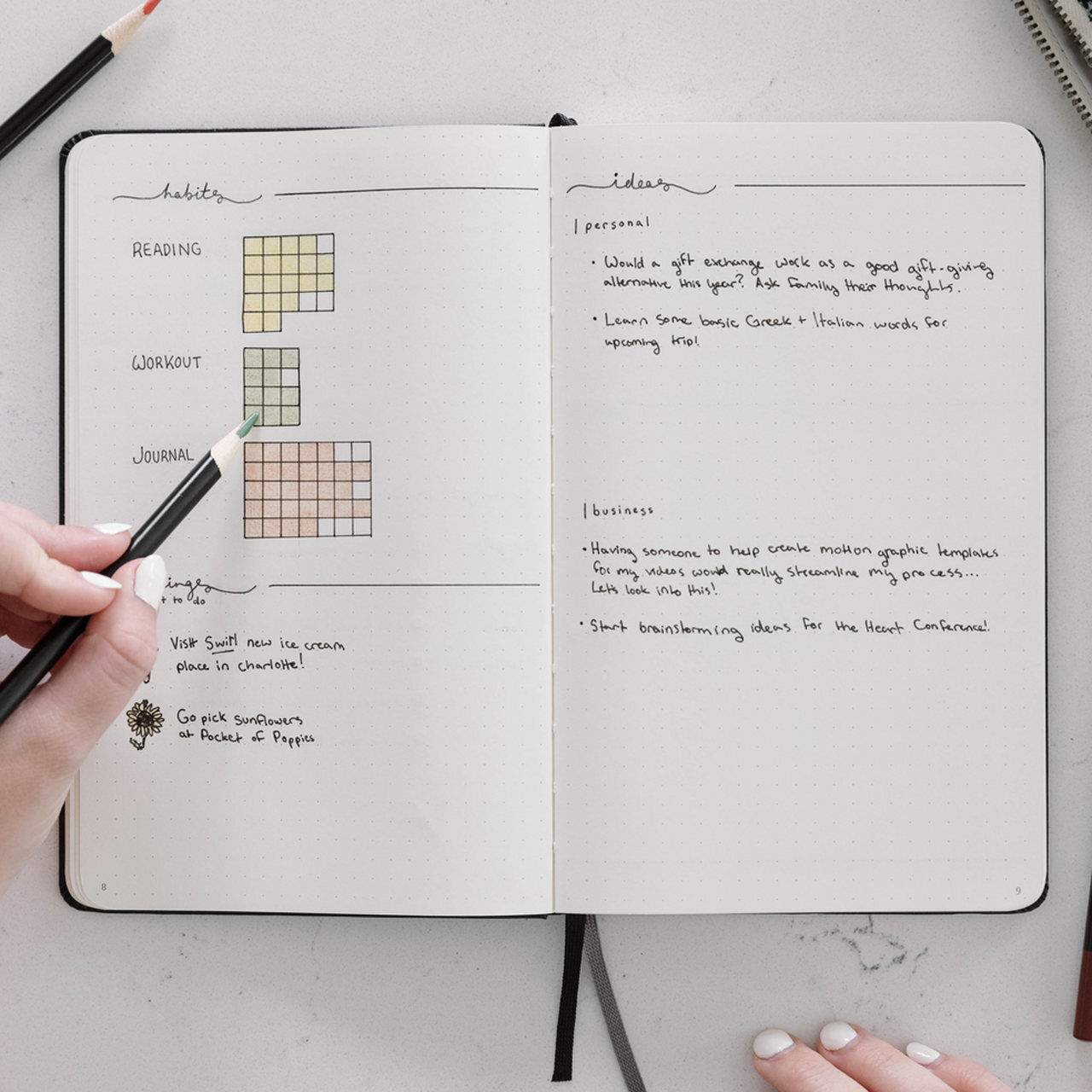
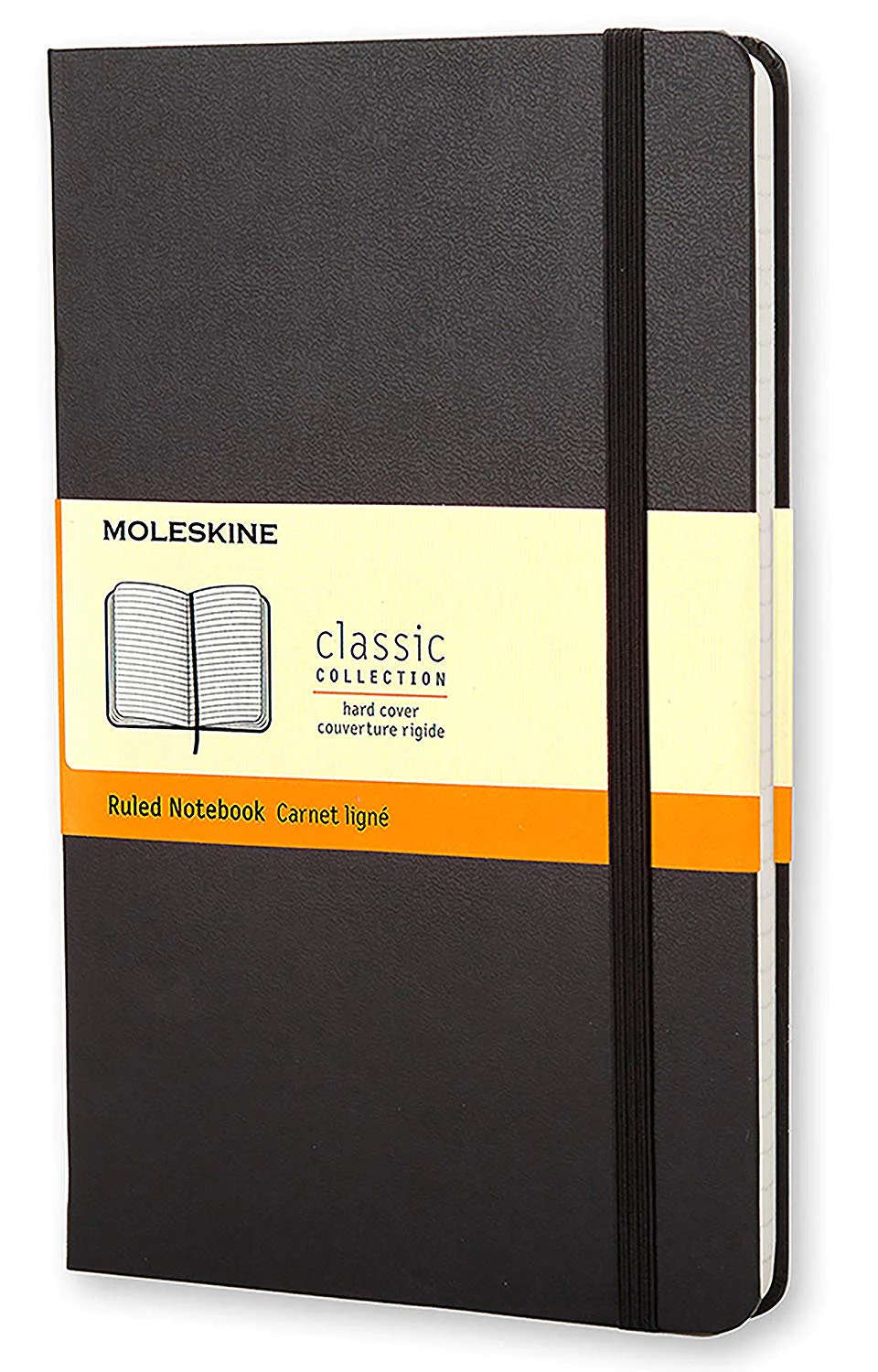

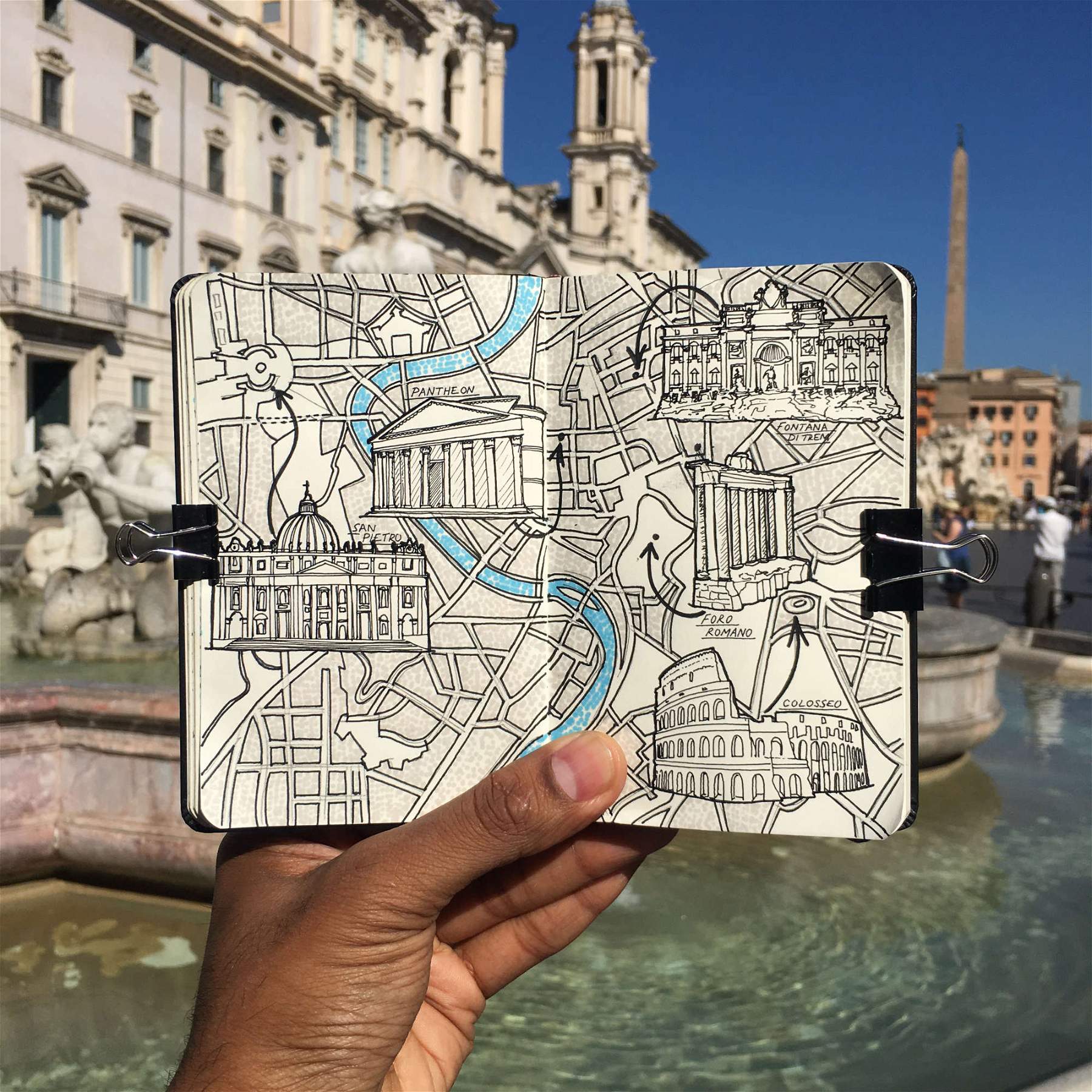

Besides Chatwin, there are many artists who have used the notebook as a means of writing, drawing, letting their thoughts flow, many of them belonging to the early 20th century, such as Hemingway, Picasso, Beckett. Sebregondi notices, in fact, that a new “creative class” is emerging, composed of “contemporary” travelers and nomads, professionals for whom work and leisure are always linked, who are looking for a way to tell and keep track of their experiences. Seemingly against the tide of the advent of digital, an object was born that has its roots in handwriting and is characterized by a clearly recognizable aesthetic: black cover, rounded edges, elastic band and inside pocket.
“Chatwin’s notebooks,” Maria Sebregondi had this to say in an interview with the newspaper Repubblica, “were objects full of history and charm, aesthetically similar to those technological tools that were beginning to populate our lives. Why not try to recreate them?” Starting from this challenge, in 1997 Maria Sebregondi, together with her friend Francesco Franceschi, entrepreneur and owner of Modo&Modo Spa, registered the Moleskine brand and began to produce the first pieces (about 5,000), planning a distribution that would focus not so much on stationery stores as on bookstores, because “every Moleskine notebook is a book yet to be written and a story waiting to be told.”
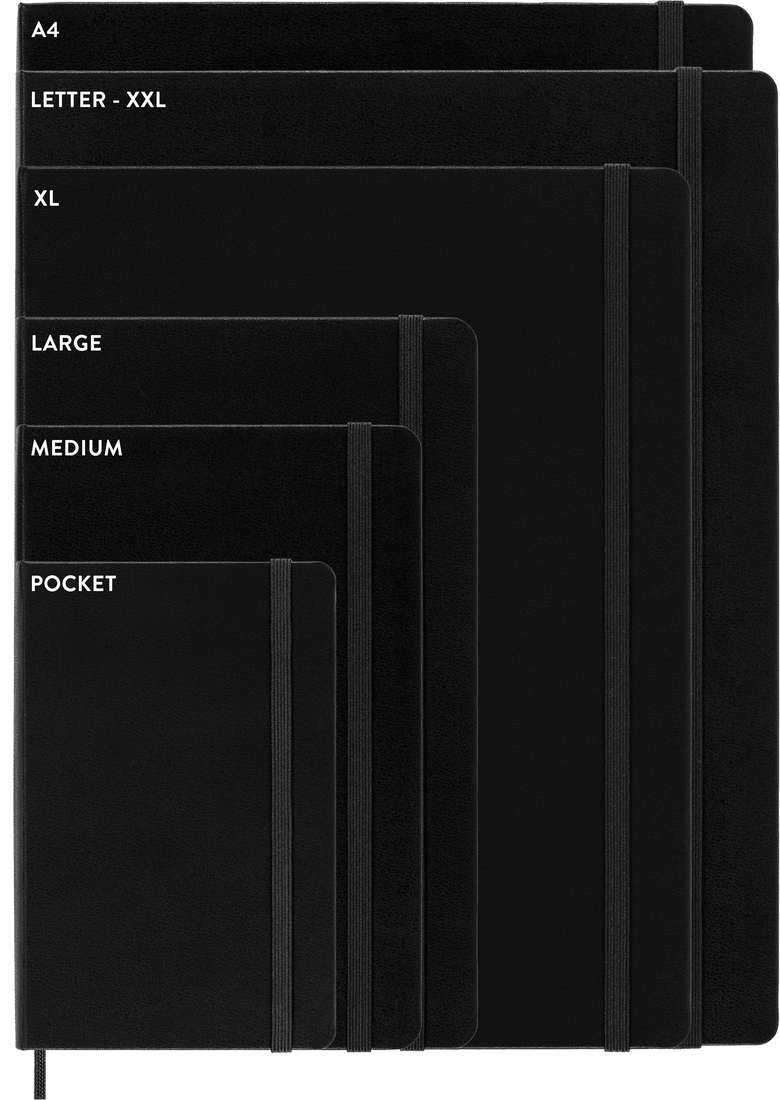
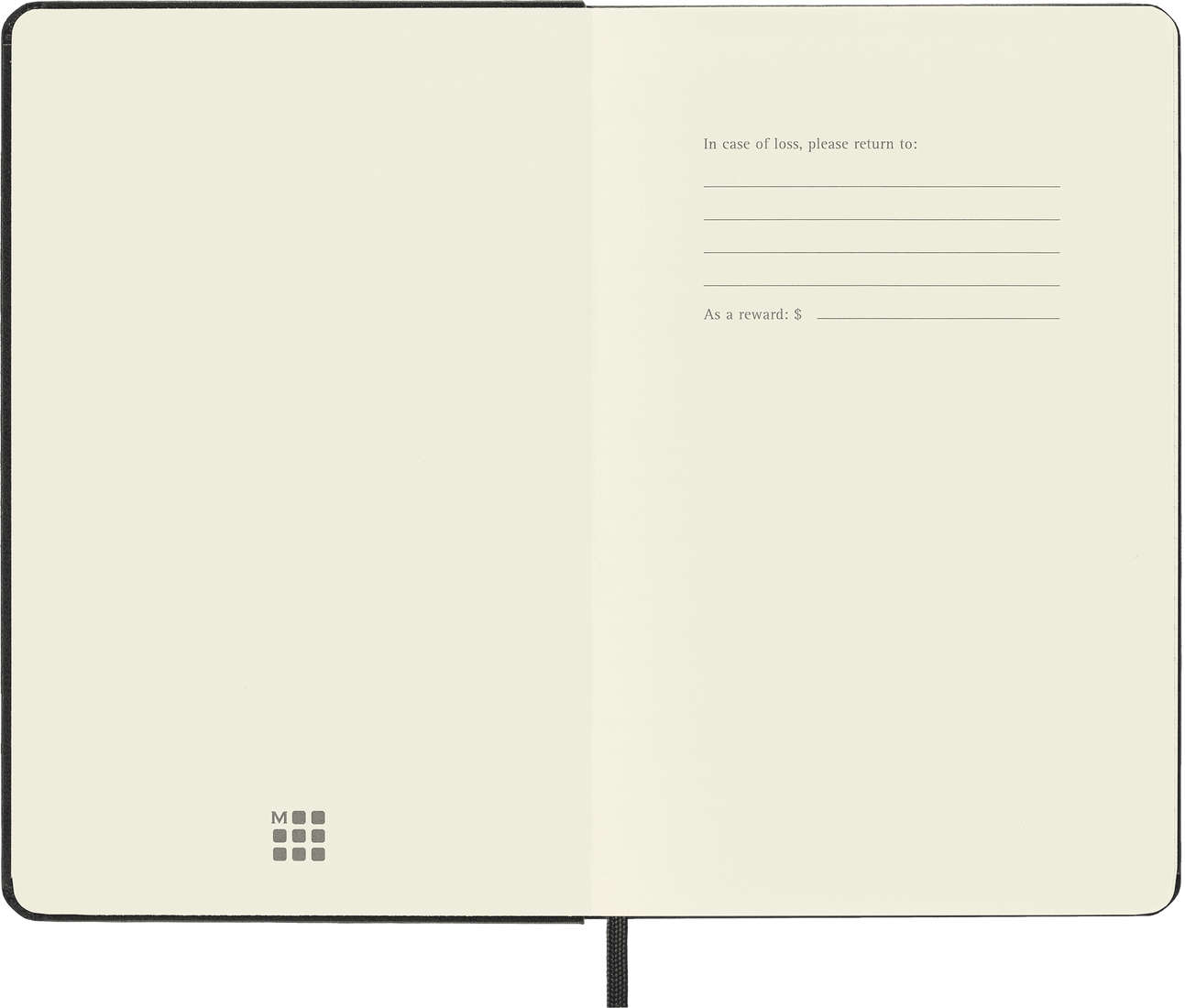

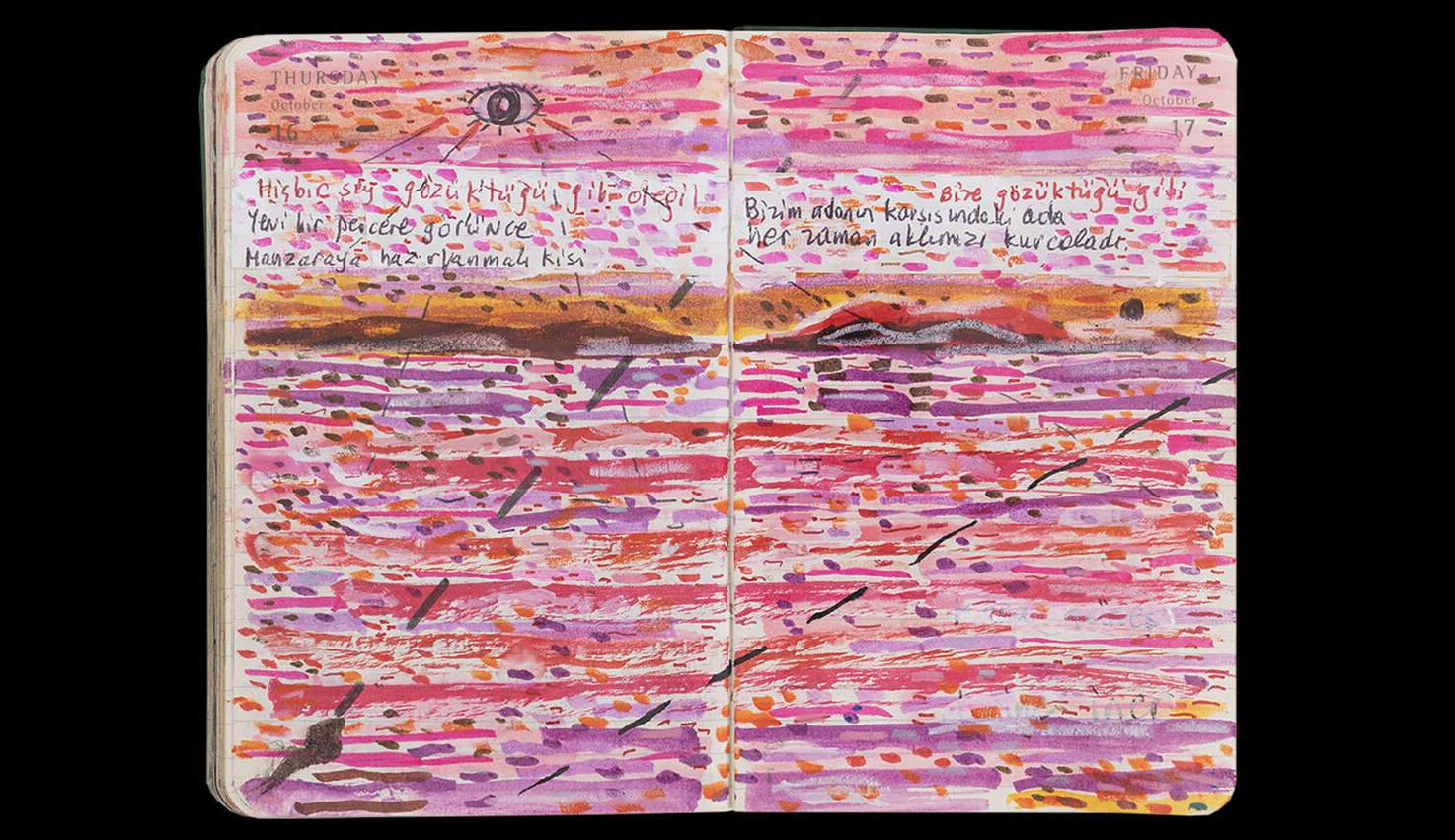
This philosophy proves to be successful, and in 1999 distribution is also exported beyond national borders, to Europe, the United States and Japan. Production, on the other hand, begins in China, where, according to the brand’s co-founder, thanks to a vast culture for paper and binding it was possible to combine the large numbers of industrial production with hand-made workmanship, which was indispensable for elements such as the full pocket and the elastic band. It is in fact thanks to these processes that the notebook can open 180 degrees, becoming flat.
The manufacturing process, which all manufacturers must respect, and the storytelling associated with the travel notebook, a cult object of many writers and artists, now complementary to and not opposed to technology, have determined the brand’s affirmation, until the 2006 purchase by a French investment fund of Modo&Modo, which became Moleskine Spa.
From its inception to the present, Moleskine has increased and varied its production, from diaries to notebooks to writing instruments, but the notebook remains the iconic object par excellence, the symbol in which so many recognize themselves. Among contemporary writers, Orhan Pamuk, winner of the Nobel Prize for Literature in 2006, recently published for Einaudi Ricordi di montagne lontane, a precious collection of his notebooks, small Moleskine notebooks with black covers, in which he blends writing and painting, seen as two sides of the same coin, and in which he gives voice to the atmospheres that animate his novels, strongly linked to Istanbul, his hometown, and the landscapes of Turkey. The same notebooks, chosen by the author, were also exhibited at Franco Maria Ricci’s Labirinto della Masone, as part of the exhibition Orhan Pamuk. Words and Images. Of notebooks that, in chronological order, recount more than a decade of the writer’s life, and at the same time highlight the essence that guided the creation of Moleskine: “the thoughtful and reflective gesture of running a pen across a blank page.”
Warning: the translation into English of the original Italian article was created using automatic tools. We undertake to review all articles, but we do not guarantee the total absence of inaccuracies in the translation due to the program. You can find the original by clicking on the ITA button. If you find any mistake,please contact us.




























